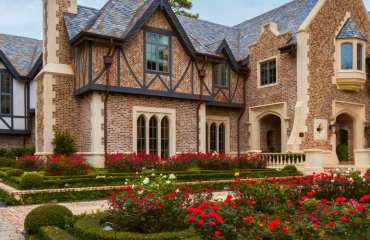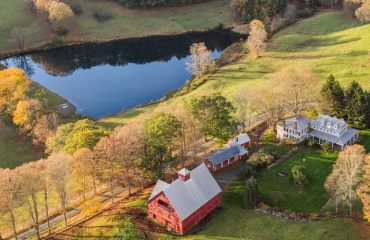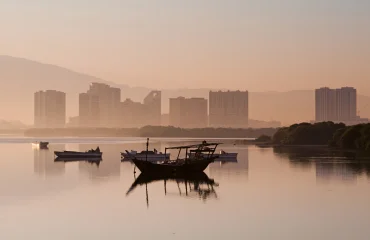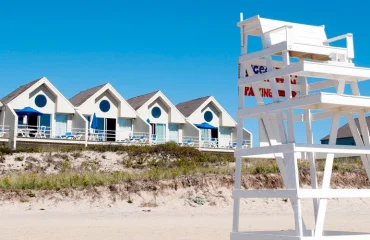Undoubtedly the most prominent aspect of Santiago’s cultural awakening is its thriving gastronomic scene. Veteran chefs are returning to their native country armed with international experience, adventurous flavors, and brave concepts, helping to forge a fresh culinary identity for Chile. The same creative vigor on show in the city’s architecture, design, and art imbues the menus of its vibrant restaurants, with an emphasis on fresh, seasonal produce and traditional cooking techniques. Take Rodolfo Guzmán’s Boragó in Vitacura. Number 27 on the World’s 50 Best Restaurants list in 2018, Boragó showcases the wealth and diversity of native Chilean ingredients (many sourced from remote regions such as Atacama and Patagonia) with gastro wizardry that tests the bandwidth of diners’ imaginations.
Elsewhere, Spanish chef Sergio Barroso, who trained at the legendary El Bullí in Spain, has relocated to Santiago to open Restaurant 040 where he presents his inventive cooking. And Carolina Bazán, who learned her craft at Frenchie in Paris, champions the best of Chile’s produce, teamed with the finest ingredients from around the world. At Bazán’s Ambrosía restaurant, diners will be served culinary delights such as oysters found in crystal-clear Antarctic waters and edible flowers that grow in the grasslands of Patagonia.
The Peumayen restaurant in the fashionable Bellavista neighborhood offers a contemporary take on “ancestral” fare, and the district’s culinary frontrunner Azul Profundo is a restaurant that takes full advantage of Chile’s 2,653 miles (4,270 km) of coastline for inventive seafood dishes. Another seafood favorite is Vitacura’s suave café Mestizo, situated at the edge of the sprawling Parque Bicentenario, and there’s also newcomer Quinoa, which caters to the local hipster crowd.
Santiago’s finest wine bar and restaurant BocaNáriz boasts a list of over 400 Chilean wines and is renowned for its unique approach to wine flights. In fact, wine lists across the city attest to Chile’s rich wine heritage and viticultural innovations, with scores of options from the esteemed wines of the Casablanca, Colchagua, and Maipo valleys (such as Concha y Toro and Cousiño Macul) to the lesser-known, boutique vineyards employing organic methods.
The beauty of Santiago for wine aficionados is its location, in the center of the Maipo Valley, with two of Chile’s oldest wineries (Viña Santa Carolina and Viña Cousiño Macul) just a short taxi ride away.



















